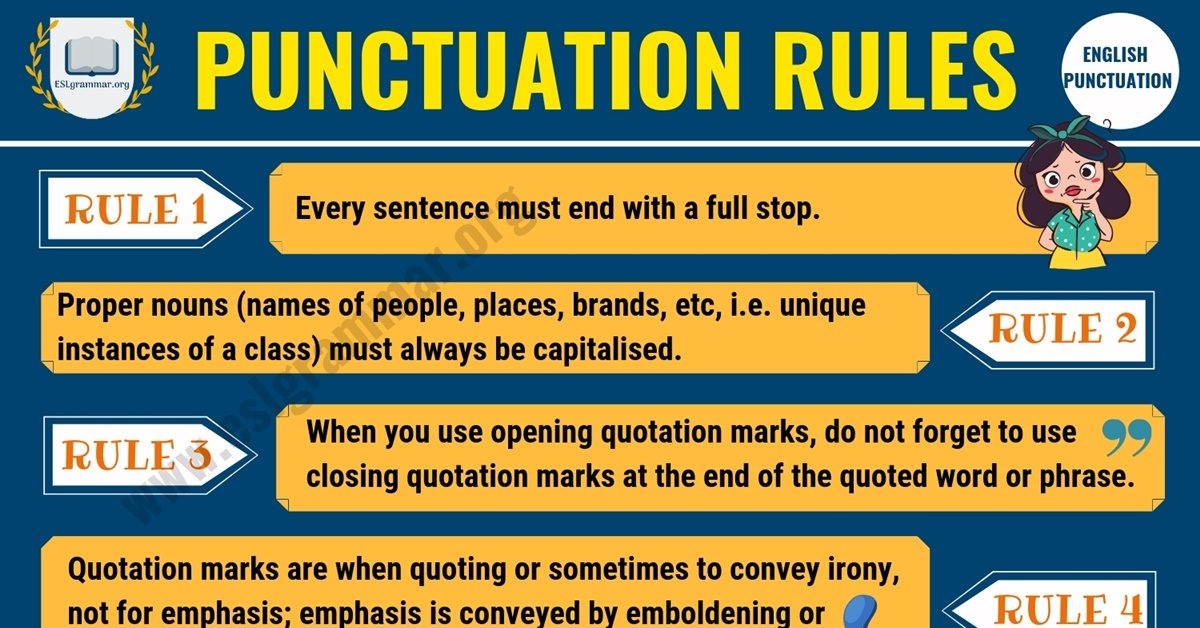Quotation marks and punctuation play a crucial role in writing, helping to convey the intended meaning and structure of sentences. It is important to understand the rules governing the use of quotations and punctuation to ensure clear and effective communication in written text.
Whether you are writing an academic paper, a professional email, or a creative piece, following proper quotation and punctuation rules can enhance the readability and impact of your writing.
Quotation and Punctuation Rules
When using direct quotations in your writing, it is essential to place quotation marks around the exact words spoken or written by someone else. Quotation marks should be placed at the beginning and end of the quoted text to indicate that it is not your original words.
Additionally, punctuation marks such as commas, periods, question marks, and exclamation points should be placed inside the closing quotation mark when they are a part of the quoted text. However, if the punctuation is not a part of the quoted text, it should be placed outside the closing quotation mark.
For example, “I love reading books,” she said. (The comma is part of the quoted text, so it is placed inside the closing quotation mark.)
She asked, “Have you finished your homework?” (The question mark is part of the quoted text, so it is placed inside the closing quotation mark.)
He exclaimed, “What a beautiful day!” (The exclamation point is part of the quoted text, so it is placed inside the closing quotation mark.)
Moreover, when quoting multiple paragraphs, each new paragraph should begin with an opening quotation mark, but only the final paragraph should end with a closing quotation mark. This helps to differentiate between the quoted text and your own writing, maintaining clarity and coherence in your text.
It is also important to use single quotation marks within double quotation marks when quoting a passage that already includes a quotation. This helps to avoid confusion and ensures that the reader can easily distinguish between the different levels of quotations.
In conclusion, mastering the rules of quotation and punctuation is essential for effective communication in writing. By following these guidelines, you can ensure that your quotations are correctly attributed and punctuated, enhancing the clarity and impact of your text. Remember to always proofread your work to catch any errors in quotation and punctuation placement, and practice incorporating quotations seamlessly into your writing.
